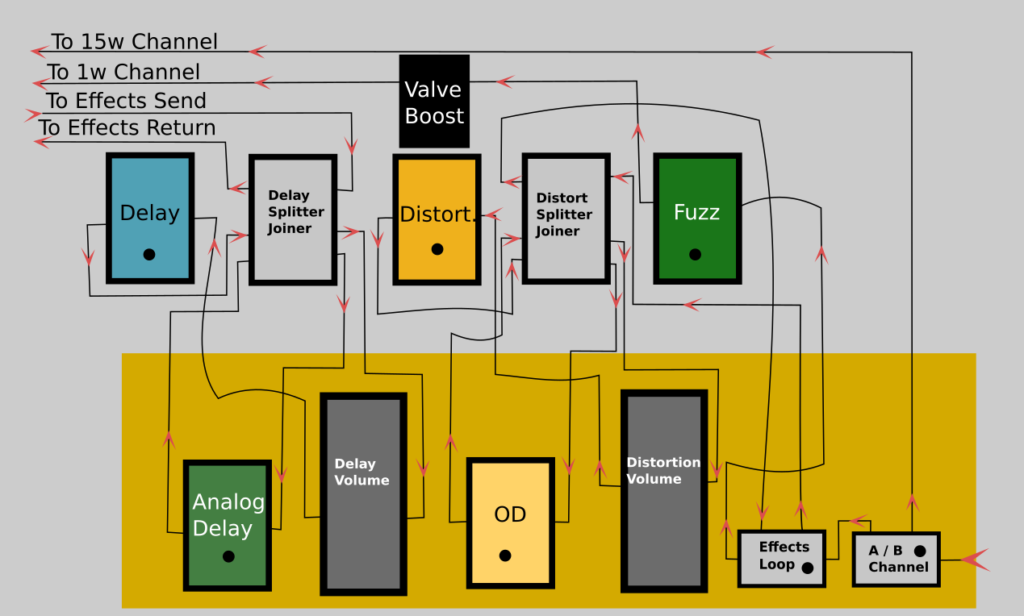DAW (digital audio workstation). Some say it’s the whole of the computer, software and A/D conversion gear. It’s commonly just thought of as the program you mix with.
Back in the day when I was using an ancient version of Steinberg’s Cubase, I was also into Linux and OSS projects. One of those projects was called Ardour. I remember it having a nice layout and seemed to be in active development, but was nowhere near being usable.
I’m not sure where I went after Cubase, it might of been Cakewalk. It was ok. Cludgy and crashed like no other. Plus they had you locked into this forever spending cycle on upgrades. Then I found Reaper which was cheap and had quite the following. As usual, I’m not intimidated by complicated programs so I delved in and learned in short time how to make it tick. For Windows and Mac users, I recommend this above all other overpriced and bloated programs.
Having finally taking the plunge ditching my windows machine for Linux, I stumble across Ardour. Again, I delved in and learned in short time how to make it tick. Not having used Linux in years, some bad things have happened. Stability has gone down and the once touted, “it can run on a toaster” seems to have gone all dodo.
After months of fighting sound issues, I finally discovered that the current Linux combo of sound programs does not play nicely with firewire devices. In short, Linux has a nice sound manager, Pulseaudio, that can do multiple sound cards and has quite the extensive back end. However, to properly produce music in Linux, it is advised to use a software called JACK. It runs in realtime with super low latency. Pulseaudio interfaces nicely with it unless you have a firewire device, such as I.
However, having lucky stretches of time with Ardour, I found Linux based plug-ins and some of them have no Windows VST counterparts. One in particular offers extensive saturation. I’m stuck, cannot turn back now. Plus I feel very much at home with it. It gives me that warm-fuzzy like Linux does. Don’t underestimate the power of the warm-fuzzy. It’s what I live for.
It’s worth saying, Reaper runs on Linux and is mostly limited to it’s built in VST’s, which are of very high-quality. There are programs that allow Windows based VST’s to run on Linux, but I have an aversion to cross-compatibility layers. As of February of 2021, Reaper can run the native Linux plugins, LV2, but it cannot display the GUI. You are stuck with stock sliders. I like my bouncy frequency analyzers and round knobs so that is not an option.
I’m saving for a $300 audio interface made by SSL (legendary giants of the mixing industry), and then I’ll be all set for recording guitars and bass.
Ardours patch bay is much easier to understand than Reapers. Reaper has a nice folder option for the tracks, but I have found that mostly useful for organizing the tracks visually. You can apply an effect to all the tracks within that folder, but you cannot control the individual levels of effect per track. That’s why buss’s are better. For example, you may not want your kick to have as much reverb as the overheads. In the end, the organization is actually cleaner.
I cannot speak to midi as I have no use for it for the time being.
With Ardour, JACK, and my incoming audio interface, my latency will be about 10ms. And that’s without errors. Try that in Windows.
Time to shut up.


